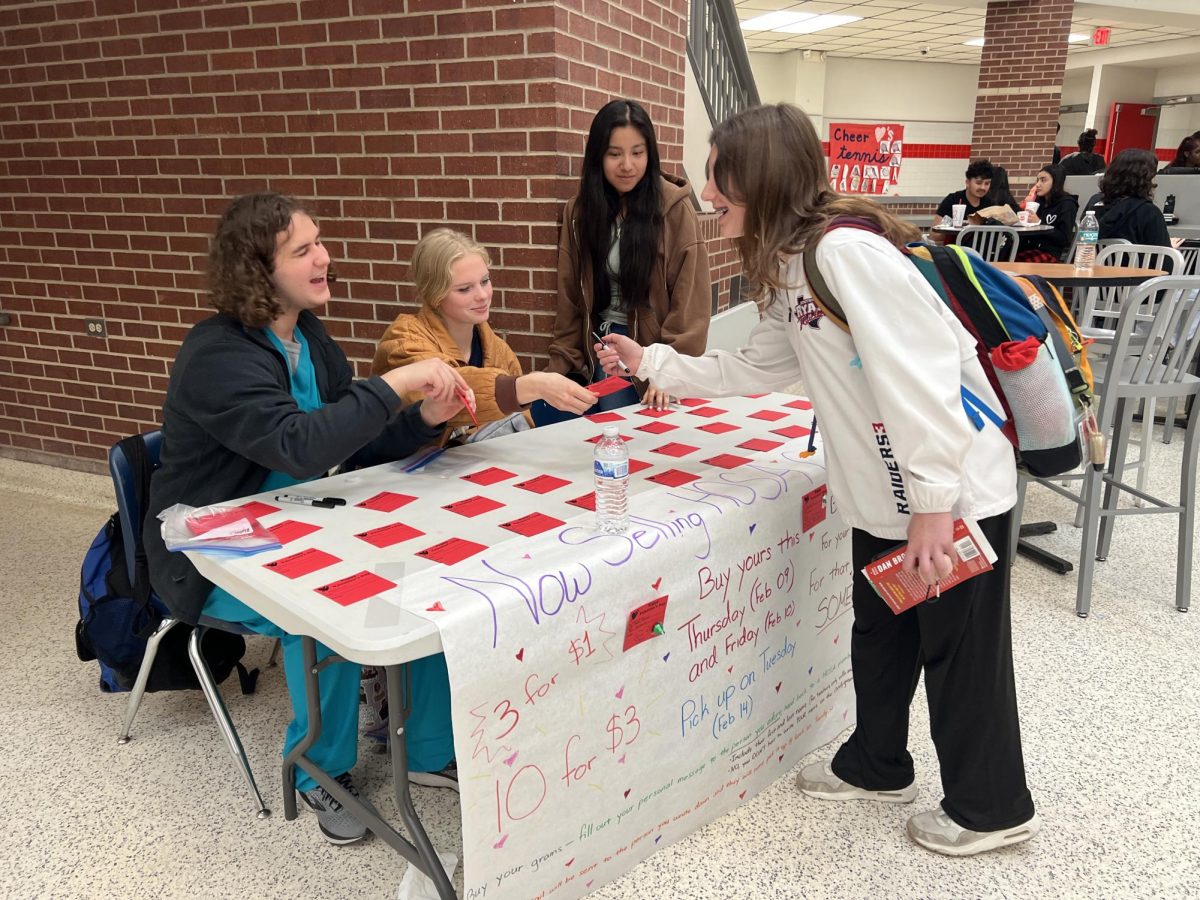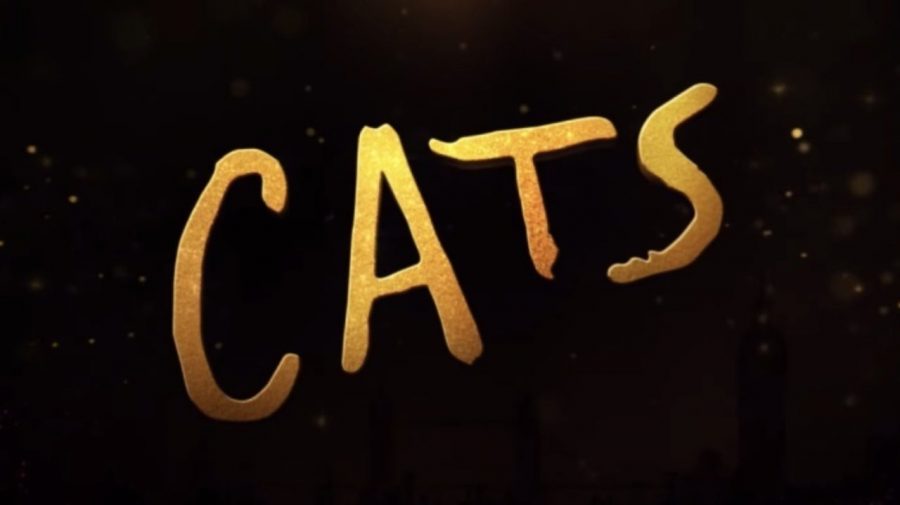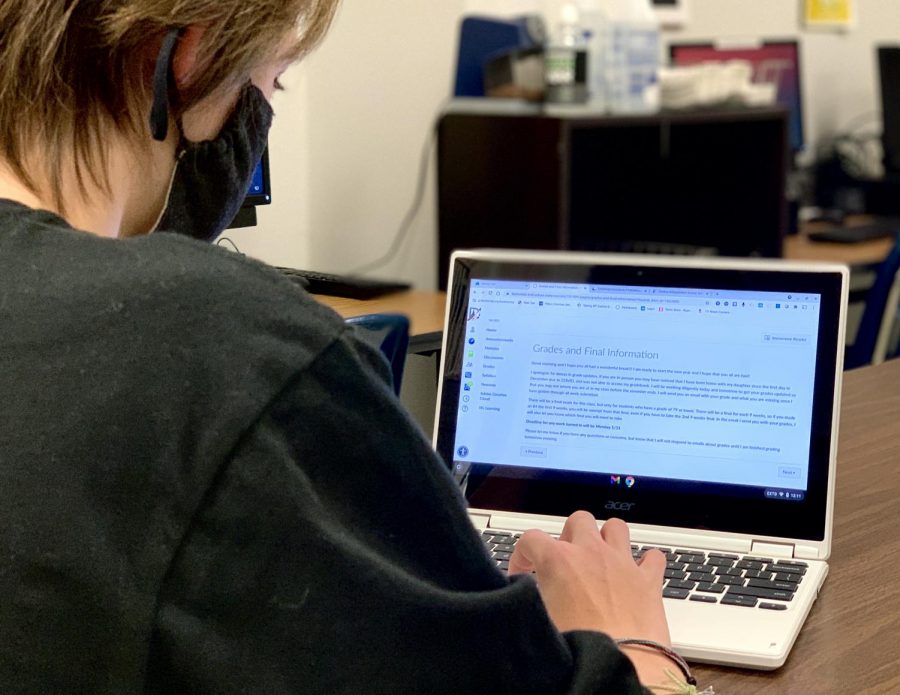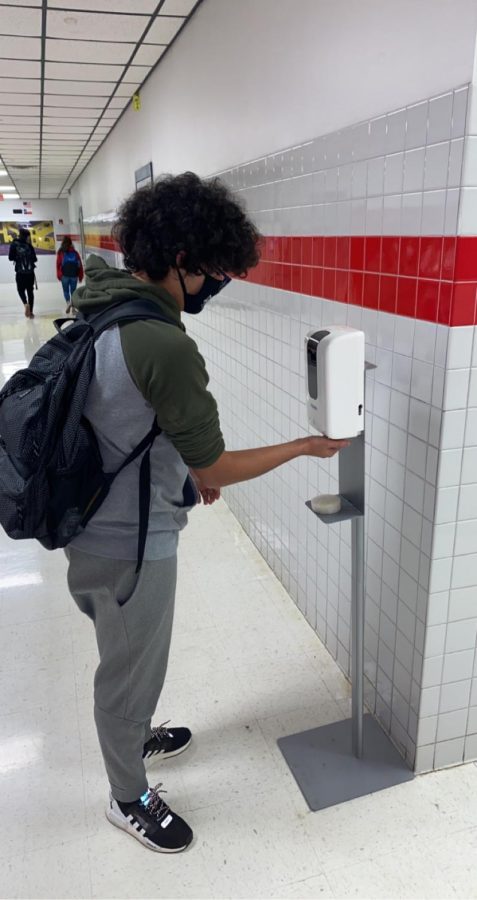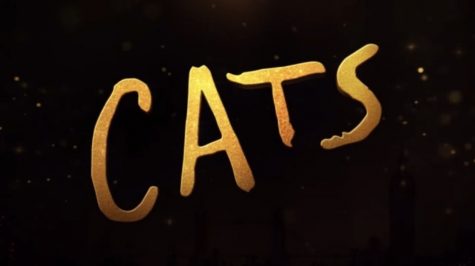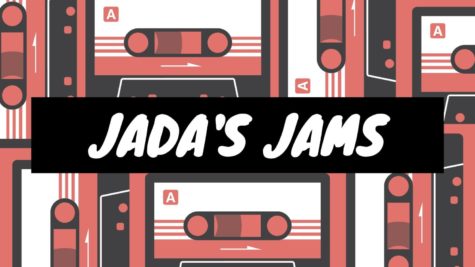All The Bright Places goes all the right places
When Violet Markey steps out onto the bell tower ledge, she’s looking for a way to escape her past and step out of her sister’s shadow. When Theodore Finch steps out onto the bell tower ledge, he’s looking for attention— a way to feel noticed. Neither have any idea that that one step will change their lives forever.
Jennifer Niven’s All The Bright Places is the story of Finch and Violet, two very different people whose paths cross in an extraordinary way. It is an oxymoronic romance filled with heartbreak and sorrow that hooked me from the first page and never let me go. Niven has managed to capture every single emotion that comes with growing up, while at the same time tackling several other difficult themes.
For one thing, this book is an emotional roller coaster. It had me laughing one page and crying the next. I never knew I could be so invested in a relationship before I encountered Finch and Violet. Before embarking on this tearful journey through the lives of these troubled teens, be sure to grab some tissues for the road.
Even with the deeply emotional storyline and heavy themes, this book was believable. I found myself swept up in these characters’ lives so much that I could read for hours without stopping. The allusions to classic literature and famous artists enriched the plot and taught me so many things I didn’t know before.
The character development and portrayal in this story is remarkable. Dealing with themes as heavy as mental illness and coming of age is not an easy task; many authors miss the mark and end up beating clichés into their audiences’ faces, or creating two-dimensional characters that make the story boring and difficult to read. Such boredom and repetitiveness is not the case with All The Bright Places, which offers characters that are easy to relate to and give a realistic portrayal of what it’s like to deal with love, loss, and mental illness.
Finch’s character broke my heart, and not just because of the endless amount of walls he hits in this story. His narrative is very strikingly similar to ones I’ve heard and witnessed in real life. The cycle of mental illness and abuse, the isolation, and the miscommunication were all far too familiar. All The Bright Places asks a very poignant and important question in the kind of way that made me wonder if there is a right answer at all: Is there a responsibility to save a loved one dealing with mental health issues, or is it really up to the individual to save themselves?
Then there’s Violet. She tries her hardest to save Finch when no one else will, while at the same time dealing with her own personal struggles, like grief and possibly PTSD. This is another important subject Niven weaves into the story: can someone already dealing with mental health issues help someone else who is also struggling? In a way, I think Violet and Finch are able to help each other just as much, if not more, than they hurt each other.
This all makes for two very realistic role models who start a conversation and inspire a change in attitude surrounding teenage mental illness. I noticed that a lot of other reviewers of this book weren’t so kind and called it cheesy and mocking toward people with actual mental disabilities. However, as a teenager with experience with mental illness, I think this book is perfect for the demographic it’s actually aimed toward: teens and young adults, not middle aged people on Goodreads. I absolutely recommend this book for anyone who can stand the depressing storyline. It pulled on my heartstrings, but the message is definitely worth the tears.

INFP- My name is Emma, I’m a senior, and I like writing. I’m a libra, I’m allergic to cats, and I hate coffee, chocolate, and bananas. I believe...




